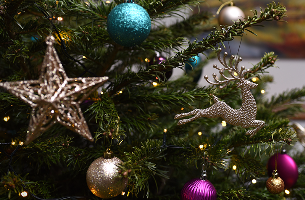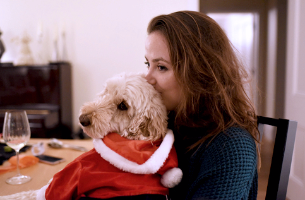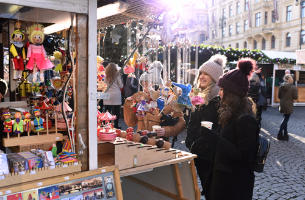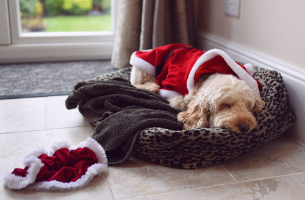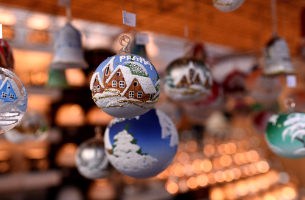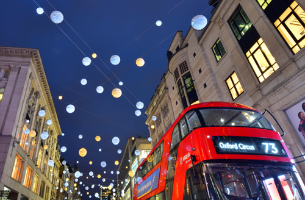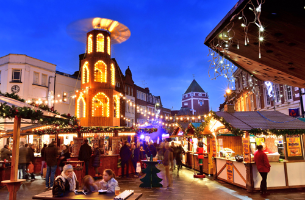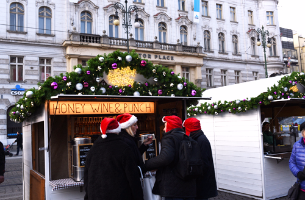First of all, think about your background. A Christmas tree can look great and suitably festive. Next, select your shooting mode: aperture priority mode (A) is your best bet, but go with Program (P) if you're less confident, as it will do the work for you, leaving you free to compose and shoot. If you do use A mode, you will have more control over your depth of field, however, as you can control the aperture yourself.
For group shots, to keep everyone sharp if they are standing in a horseshoe with an aperture of around f/7.1 or f/8; if they are in a line, you'll need around f/4 or f/5.6. Controlling your focus point is also important – use AF-S (single-point AF) or AF-A (auto AF) and then select a single focus point. You can use the multiselector on the back of the camera to move the focus point (or touch focus if you have a compatible camera such as a D5600, D7500 or D850) to focus on a particular face in the group.
If you're inside or shooting in low light (e.g. from candles), you'll need a high ISO. This will depend on your camera, but you'll generally be looking at ISO 2000 or above. It's also a good idea to active auto ISO, and switch on your lens's VR to allow far longer shutter speeds handheld in lower light than would otherwise be achievable.
Think about where the light is coming from. If you're shooting in front of a heavily backlit window, press the flash button to pop up the built-in flash (it will only come up automatically in full auto or some scene/effects modes) and use it to fill in and balance the ambient light. Don't use the flash on full power, however, as this will be too strong, bleaching out skin tones and looking rather false. Instead, use flash exposure compensation to turn the flash power down to around -0.7 or -1 EV depending on the light level you are working with. Keeping flash shots underexposed in this way captures the ambient light and skin tones for a more natural, "unflashed" look.
For an individual portrait, try positioning your subject by the tree, a roaring fire or the window (in daylight) so you can use the ambient light.

